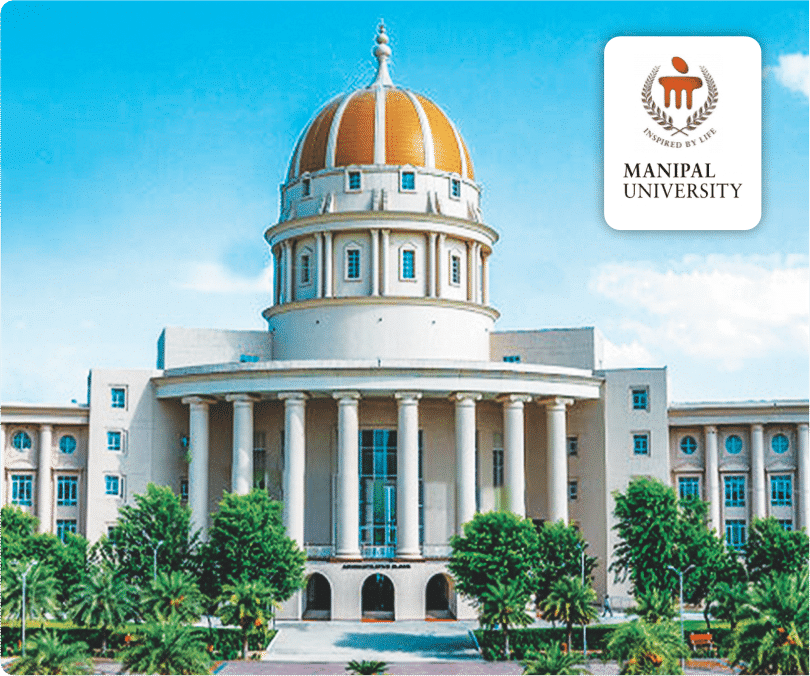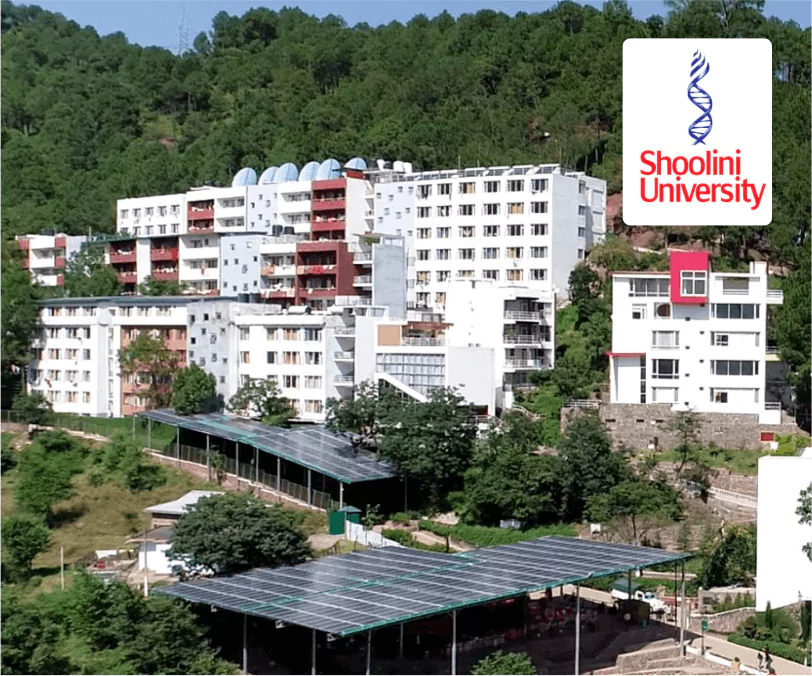
Missed Admission? UGC Open Admissions January, February, and July, August 2026
Missed your chance to apply in July 2024? Don’t worry, you can now take admissions in January 2026. UGC allows universities to open admissions twice a year once in January/February and again in July/August. The University Grants Commission (UGC) has introduced a new policy in June 2024 that allows Higher Education Institutions (HEIs) to admit students twice a year. This means you no longer have to wait an entire year to start your higher education journey.
India’s higher education system is changing to meet the growing demand for quality education. Usually, colleges and universities in India have had one admission cycle, starting in July or August and ending in May or June. However, with the vision of becoming a global knowledge economy and achieving a 50% Gross Enrolment Ratio (GER) by 2035, the National Education Policy (NEP) 2020 has introduced strategic measures to enhance accessibility and flexibility in education.
One such initiative is the biannual admissions policy approved by the University Grants Commission (UGC). This policy enables HEIs to admit students twice a year—in July/August and January/February. Let’s explore what this policy means for students, institutions, and the overall higher education in India.
Online/Distance MBA Universities In Other Cities
What Is the Biannual Admission Policy?
The UGC biannual admission policy, approved during its 580th meeting provides HEIs with the option to conduct admissions twice a year. While adopting this system is not mandatory, it depends on an institution’s readiness in terms of infrastructure, teaching resources, and administrative capabilities.
This flexibility allows HEIs to admit students in two cycles, giving more students the opportunity to access higher education throughout the year.
Understanding HEIs in India
HEI in India stands for Higher Education Institutions. These are colleges, universities, and other institutions that offer education. The term ‘higher education’ refers to tertiary level education provided after 12 years of schooling. These institutions provide diverse learning options through regular, distance, and online modes of education, catering to the needs of different types of learners.
HEIs in India offer a wide range of courses across various fields, including undergraduate programs like BBA, BA, BCom, and postgraduate programs such as MBA, MCom, MCA. They also offer doctoral programs (PhD) in various disciplines.
Courses in engineering, medicine, law, and business are also available, helping students achieve their educational and career goals. HEIs play a key role in developing skilled professionals and contributing to the country’s education system.
Key Highlights of the Policy
Optional Implementation: Institutions can decide whether to conduct biannual admissions based on their capacity and preparedness.
Approval Requirements: HEIs must seek approval from their statutory bodies to ensure they have adequate resources, infrastructure, and support systems to handle admissions twice a year.
Uniform Academic Calendar: All students, regardless of their admission cycle, will follow the same academic calendar to maintain consistency in the quality of education.
CUET Scores for Admissions: Common University Entrance Test (CUET) scores for undergraduate (UG) and postgraduate (PG) admissions will remain valid for one year, facilitating admissions in both cycles.
Benefits of Biannual Admissions
The introduction of biannual admissions is expected to bring several advantages for students, institutions, and the broader education ecosystem:
Increased Access to Education: By offering two admission cycles, students who miss out on the first cycle due to unforeseen circumstances have another chance to enroll within the same academic year.
Higher GER: This initiative aligns with NEP 2020’s goal to achieve a 50% Gross Enrolment Ratio by 2035, ensuring more students have access to higher education opportunities.
Flexibility for Students: The policy provides greater flexibility, especially for working professionals, gap-year students, or those seeking admission after results of other competitive exams.
Improved Resource Utilization: HEIs can maximize the use of their infrastructure and teaching resources throughout the year.
Global Collaboration Opportunities: A flexible admission process brings Indian HEIs in line with international practices, fostering collaborations with foreign universities.
Challenges in Implementation
While the policy brings numerous benefits, its implementation requires careful planning:
Resource Management: Institutions must ensure they have the capacity to manage two admission cycles without compromising on the quality of education.
Administrative Preparedness: HEIs need to streamline their admission processes and coordinate with regulatory bodies for approvals.
Consistency in Quality: Institutions must maintain uniform standards for all students, regardless of their admission cycle, to ensure fairness and equity.
Conclusion
The UGC decision to allow admissions twice a year is a big change for India’s higher education system. It makes education more accessible, flexible, and closer to global standards. While there may be some challenges, the benefits are much greater, making the system more student-friendly and inclusive.
With proper planning and support, this step can bring change, helping India build a strong and competitive education system for the future.
Most Popular Blogs

Dr. MGR University Online MBA 2026: Admission & Fees

UPRTOU Admission 2026: Complete list of Top Courses

UPRTOU Admission 2026: Complete list of UG Courses

UPRTOU Allahabad PG Courses Complete List

Amity University Student Login – Everything You Need To Know



















